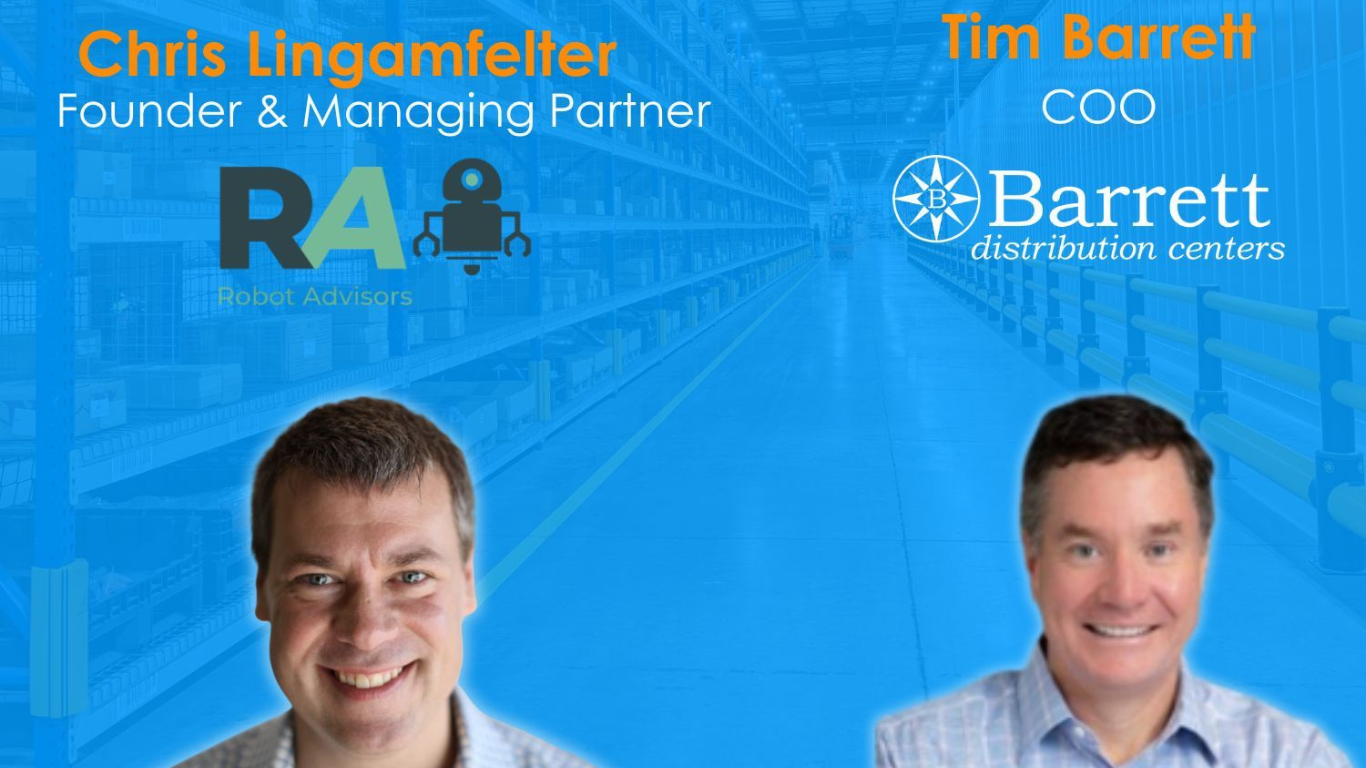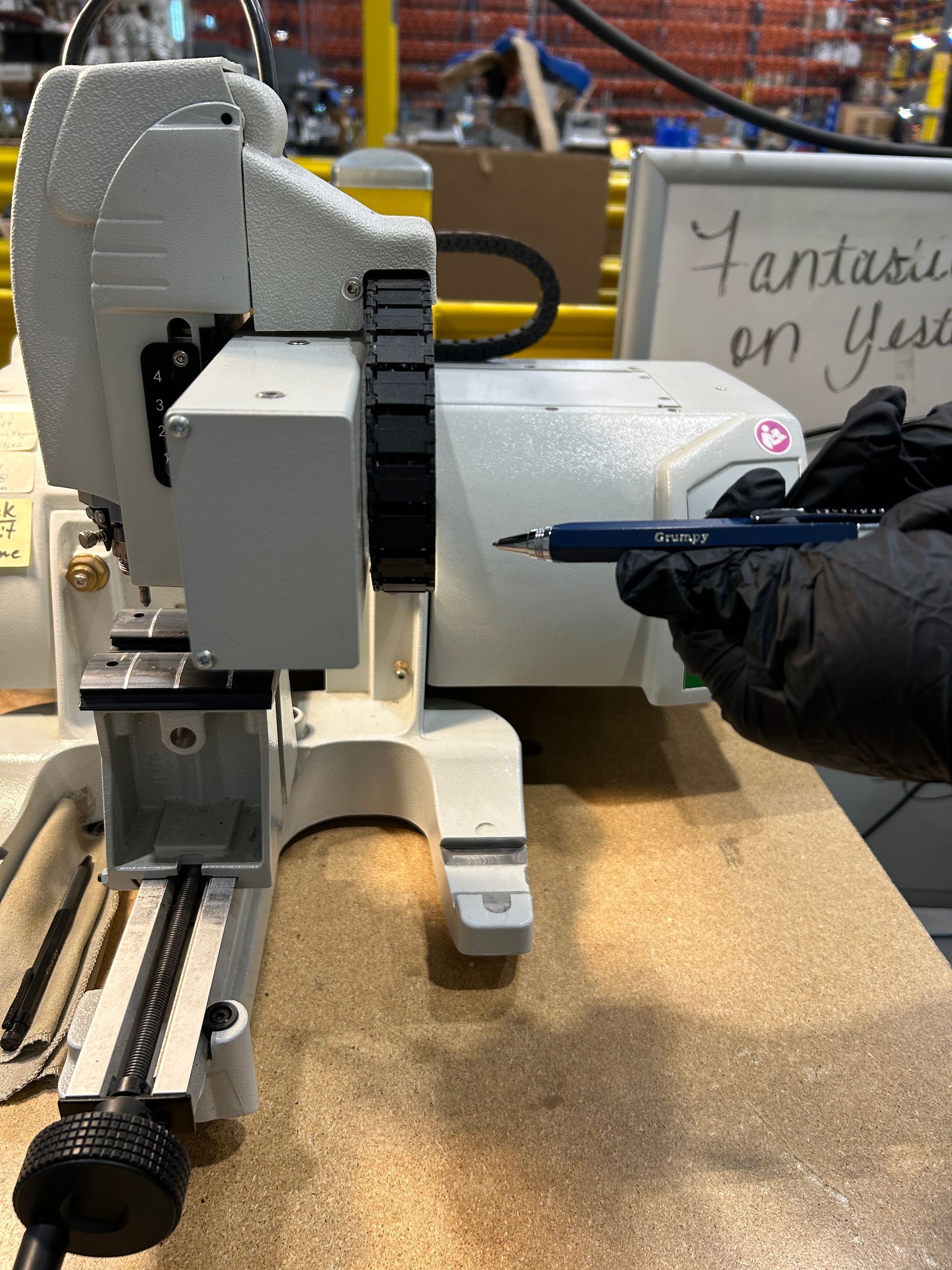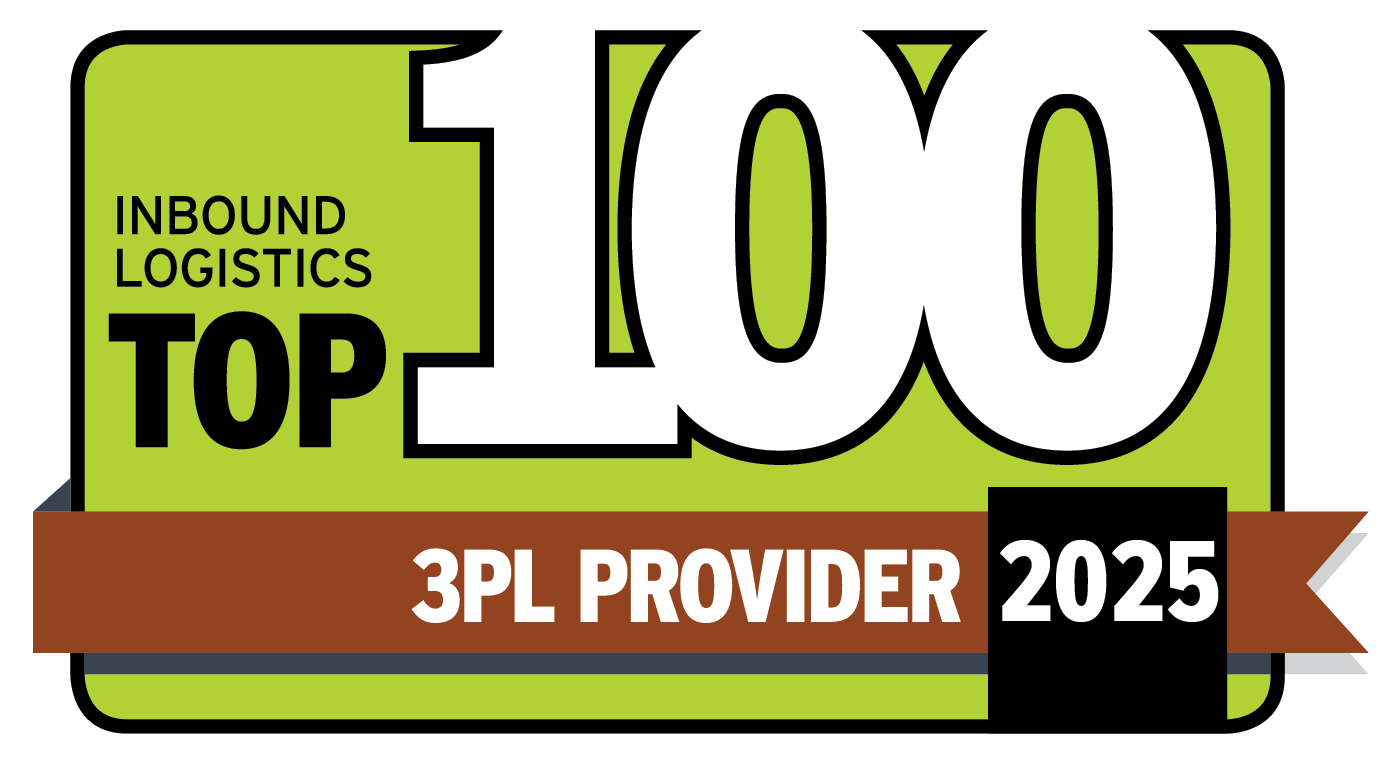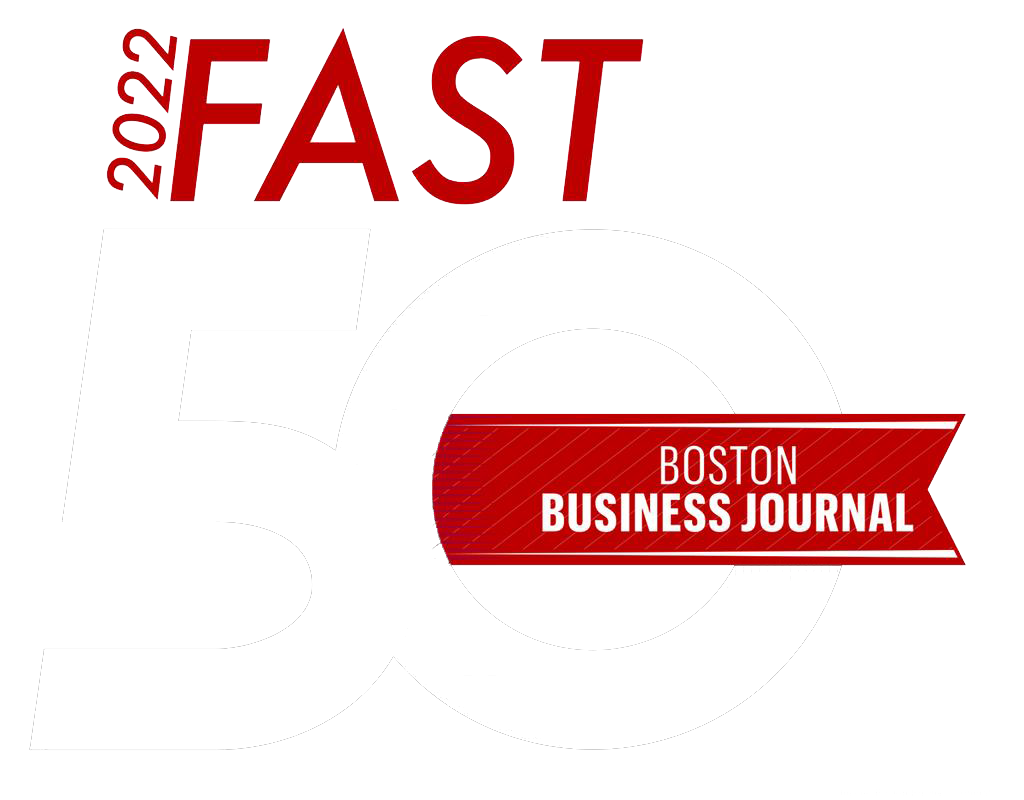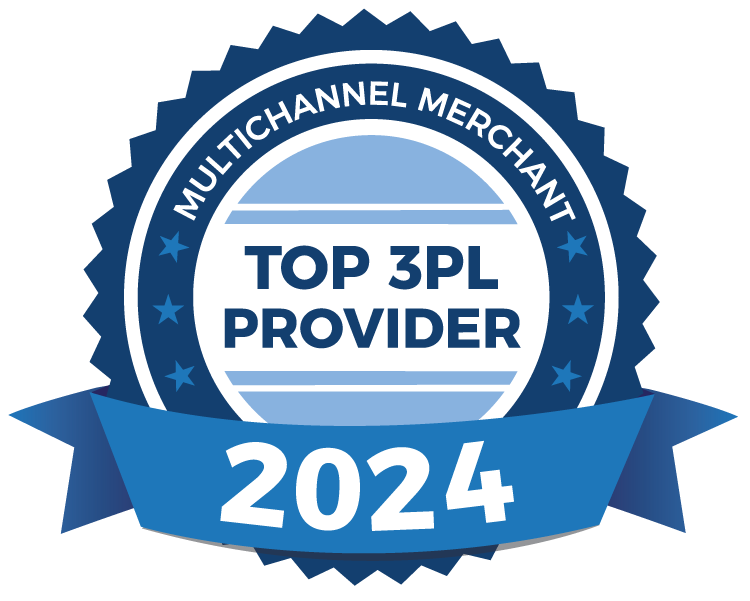Personalization: A Game Changer for Direct-to-Consumer E-commerce Brands
Personalization: A Necessity in eCommerce
Did you know 65% of consumers now expect brands to understand and cater to their individual preferences and needs? Once considered a luxury, personalization has now become essential for brands looking to stand out in the competitive eCommerce space.
The Evolution of 3PL Personalization Services at Barrett
Our journey into specialized services began several years ago, driven by growing customer demands. Initially, we offered essential services like ticketing, tagging, repackaging and re-boxing. As our clients’ needs expanded, we adapted by incorporating advanced services like RFID tagging, reverse logistics and high-volume returns management.
Personalization: A Game Changer for Direct-to-Consumer Brands
Personalization has become a key differentiator, especially for direct-to-consumer brands. Barrett has invested in in-house services like embroidery, monogramming, and laser engraving to meet this growing demand. These capabilities enable our clients to add personal touches to their products, creating stronger connections with their customers.
We offer in-house personalization services to help brands enhance their value in a crowded marketplace. As more brands strive to stand out, this area of our business continues to grow and evolve.
The Strategic Role of Boutique Services
Offering boutique 3PL services goes beyond logistics — it enhances the customer experience. For growing brands, the ability to provide personalized products can significantly impact customer loyalty and retention. At Barrett, we ensure that our high-touch personalized services meet the needs of our clients while enabling them to offer their customers a unique and tailored experience.
By keeping these services in-house, we maintain strict control over quality, speed and flexibility, ensuring our clients can respond to customer demands efficiently and precisely.
Top 20 Personalization and Customization Services Brands Are Leveraging
- Embroidery – Adding custom stitched logos, names or designs to apparel and accessories.
- Monogramming – Custom initials or designs added to products like bags, towels or clothing.
- Laser Engraving – Personalizing products such as metal, leather or wood with precise engraved designs or text.
- Custom Printing – Personalized printing on products like t-shirts, mugs, posters and packaging.
- RFID Tagging – Embedding custom RFID tags in products for tracking and inventory management.
- 3D Printing – Creating custom one-of-a-kind items or parts based on customer specifications.
- Custom Packaging – Offering personalized packaging designs for gifts, products or shipments.
- Heat Press Vinyl – Applying custom vinyl designs or logos to apparel and accessories.
- Engraved Jewelry – Personalizing rings, necklaces, bracelets and other jewelry with names or messages.
- Custom Color Options – Allowing customers to choose specific color combinations for products.
- Custom Sizing/Measurements – Tailoring products to specific body measurements or fit preferences (especially in fashion).
- Personalized Labels – Adding custom labels or stickers to products, especially for limited editions or exclusive releases.
- Digital Customization – Allowing customers to design and configure digital products, such as personalized skins for gadgets or electronics.
- Custom Engraved Glassware – Personalizing glass items such as drinkware or decorative pieces with names or logos.
- Personalized Stationery – Custom-designed notepads, invitations or cards for personal or professional use.
- Photo Customization – Adding personal photos to products like books, canvases or keepsakes.
- Customizable Shoes – Offering custom patterns, colors or engravings on footwear.
- Name/Date Embossing – Adding embossed names, initials or dates to leather goods such as bags, wallets or notebooks.
- Custom Fragrance Creation – Allowing customers to mix and create personalized scents.
- Personalized Gift Wrapping – Offering custom wrapping paper or unique packaging for special occasions.
As more brands embrace personalization as a key growth strategy, we are well-equipped to provide the high-touch boutique services they need. Our commitment to expanding these offerings positions us as a critical partner for brands seeking to deliver exceptional personalized experiences to their customers.
Ready to elevate your brand's customer experience with personalized, high-touch 3PL services? Contact us today to discover how our in-house personalization services can help your brand stand out.
Recent Blog Posts
